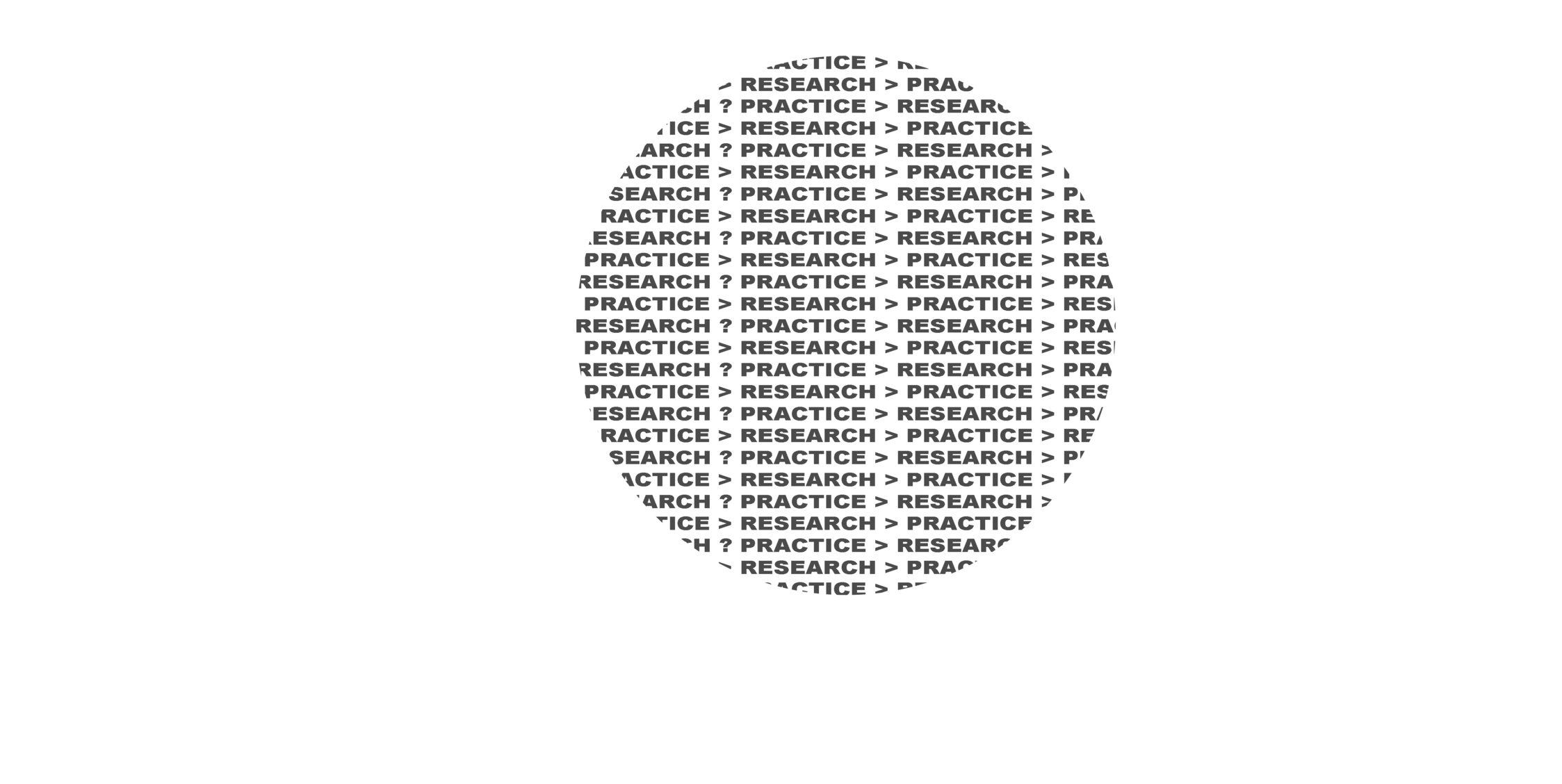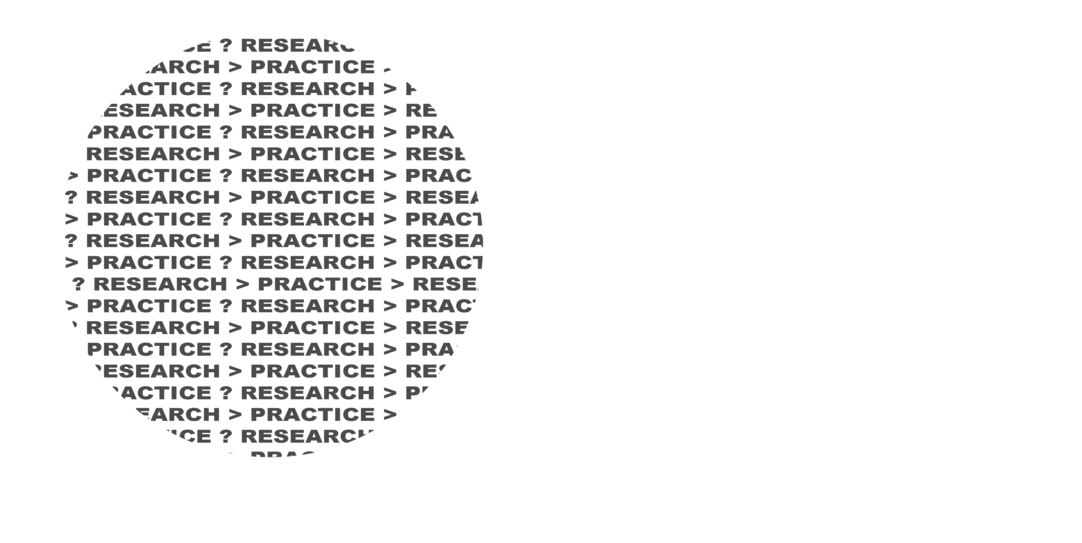In my Scenographic research, I find that my practice has 2 modes: research of the Scenographic practice, and the Scenographic practice as research. Both modes inform each other; through learning what Scenography is, by reading and experiencing the works of others, I may parameter the boundaries of Scenography, in order to develop and create my own works and experiments – and, vice versa; by creating Scenographic works, I gain understanding through practical enquiry, what Scenography is and what it can do.
In this circular way of practice, I have developed certain methods and uncovered particular results from my experimentations. I’ve found a way to establish a deep connection with the spaces I work in, by engaging in my method of Deep Spatial Listening. I find a hugely inspiring and enjoyable sense of presence that comes with listening closely to a space through this method. This initiates my prioritization, consideration and studies of the audible influence on spatial experience.
In my research, I collect information and media of the spaces, to create Sonic Scenographies: soundscapes that I create in response to a space and time, arranged of location recordings and samples that derive of the space itself. Currently, I am working to spatialise these soundscapes, so as they play with particular movement and precision within spaces, as seen in IBB; Enquiring Aural Sensitivity and Empowering the Spectator. This kind of investigation makes my arrangements into interactive listening works that make the space 'playable'. I am now also working with playback tools of binaural and ambisonic mixing, with the intention that the spectator can experience an audible story, with undoubtable spatial sensation.
In these works, it is integral to have participation and engagement with others. By this, I find Spectatorship is a fundamental factor of my research, and I use Feedback Sessions to gain qualitative insights of my work. This is information I use to better understand my works, the needs of the spectator and the limits of my Scenographic practice.
By these Scenographic interests in the audible and spectatorship, initiation arises in creating Notations of Spatial Experience. This is a visual language I enjoy to create, that offers my practice a form of documentation and dialogue with my spectator: as the audible itself is unseeable, I find it useful to have a visual aid to describe and analyze the experience. The Notations are always in the fundament of thinking through the space, and include factors such as the physiological elements of spatial experience, time, location and navigation of the space.
As elaborated in further detail in the section Core Motivation and Arising Methods, I have questioned and danced with what inspires me to create, and find what attracts me to create Scenographically is that multiple interests and mediums can co-exist to make a work, and essentially, my drive comes as a response to our overloaded, busy lives. I aim to use the space to (re)sensitize the spectator to the present, and maybe even enhance or spark spatial awareness. As our technology-heavy lives usher us towards detachment and distractedness, I believe it is important that we find the time to slow down and connect – with ourselves and with each other.
Therefore, I am interested and motivated in employing Scenography as a facilitation of this chance to re-establish our sense of presence, sense of self, and sense of connection. I see Scenography as a delivery of - or transition to - the present moment.
But, on the foundation, what is Scenography?


